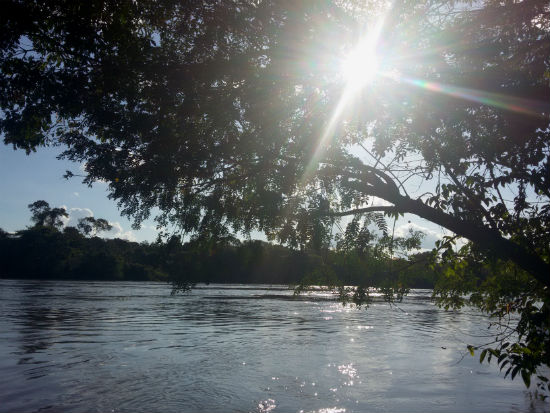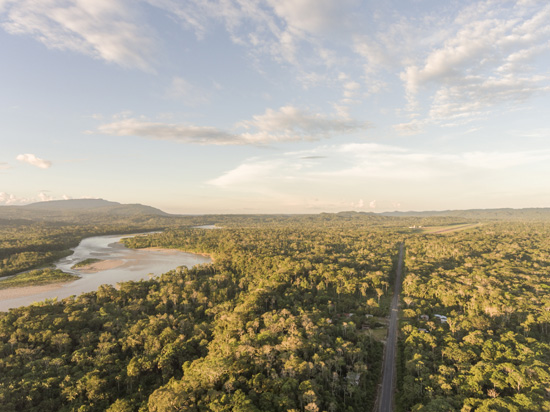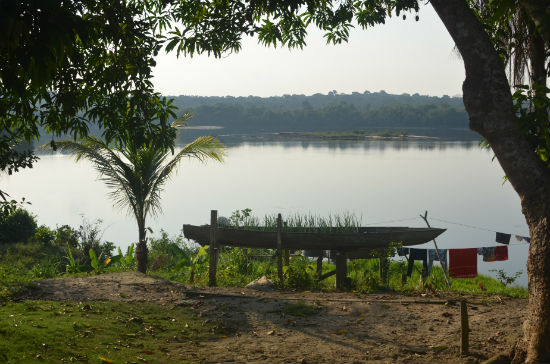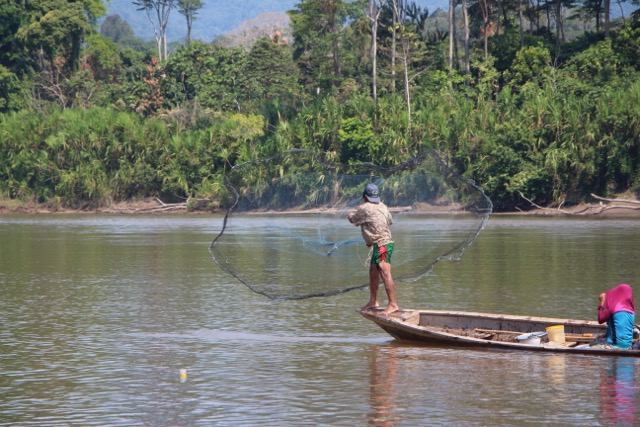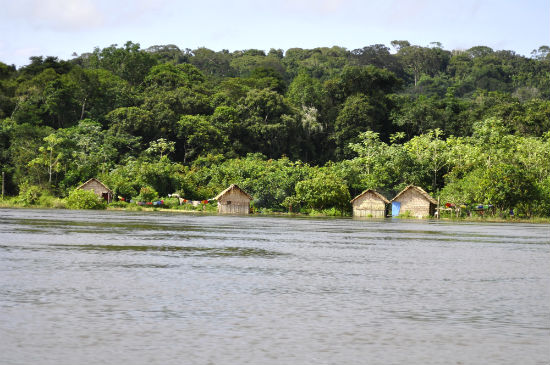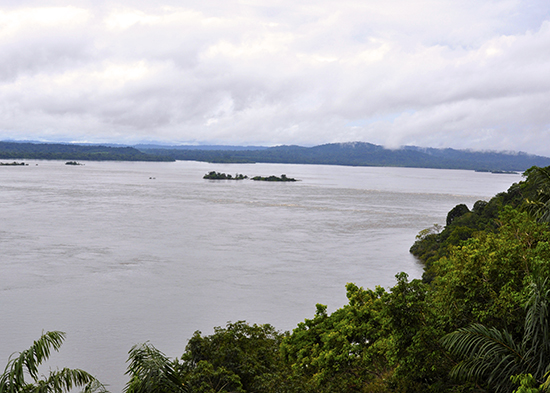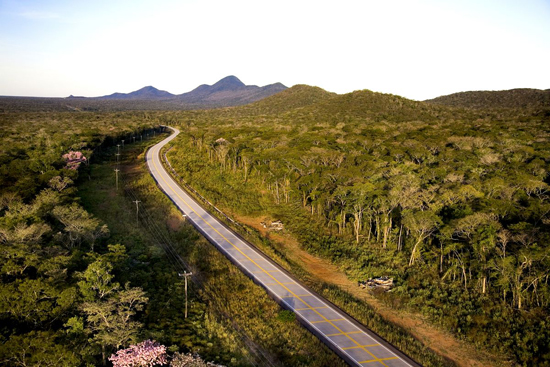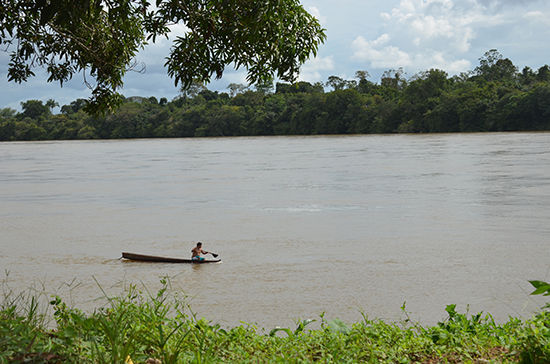News
CSF-Brazil is pleased to announce the launch of a new publication: "Cost Benefit Analysis of the Construction of the Castanheira Dam" (in Portuguese).
The Arinos River, located in the Juruena sub-basin – an important tributary of the Tapajós River – in the Brazilian state of Mato Grosso, is known for its aquatic biodiversity. Currently, however, there are more than 100 dams proposed in this sub-basin, which may threaten the biodiversity and local community’s way of life. One of these is the Castanheira Dam.
Aerial view of a road through the Amazon forest in Ecuador. Photo credit: Dr. Morley ReadInfrastructure investments in the Amazon can support economic and social development, and bring services to remote populations. However, if poorly planned, they can also result in irreversible, destructive change to the environment and ecosystem services on which communities depend, and lead to inefficient use of economic resources.
CSF staff conducted a field visit to villages of the Munduruku people in the Brazilian Amazon. These communities have been adversely affected for several years by the construction of the Teles Pires and São Manoel hydropower plants.
Scenic beauty of the Teles Pires river.
Fisherman on the Marañon river. Photo credit: Jose Carlos Rubio
The Marañón River contributes about ten percent of the total water discharged by the Amazon river into the Atlantic Ocean, and transports approximately forty percent of all sediments carried in the Peruvian part of the Amazon watershed. Along with the Ucayali and Madre de Dios rivers, it is one of the main tributaries of the Amazon basin in Peru.
Every day, support from donors like you makes our work possible. Are you willing to make a special year-end donation to help us protect ecosystems around the world?Please, click here to make your donation now.
CSF conducted a study on the economic impact that São Luiz do Tapajós could have had on local populations if its construction in the Brazilian Amazon had been approved.
We analyzed the loss of subsistence income and the impact on two ecosystem services: water quality reduction and the increase of CO2 equivalent emissions.
Traditional houses in the Tapajós riverside.
Tapajós river basin, Pará State, Brazil © Camila Jericó-DaminelloOn August 4, Brazil's federal environmental agency, IBAMA, formally suspended the environmental licensing process for a proposed dam on the Tapajós River, a "blue water" tributary of the Amazon. The river flows from the south, off Brazil's central plateau, its clear waters sculpting white sand beaches and it winds toward the main stem of the Amazon.
Macaws in the Madre de Dios region. Photo credit: Anonymous.
The region of the Tapajós basin is considered the new frontier of energy expansion in Brazil. Specifically the São Luiz do Tapajós hydroelectric project, the largest planned for the basin. If it is built, many ecosystem services will be impacted, influencing the well being of hundreds of local people who depend on them. In this perspective, CSF conducted a study that sought to understand the economic impacts on the services provided to local populations.

